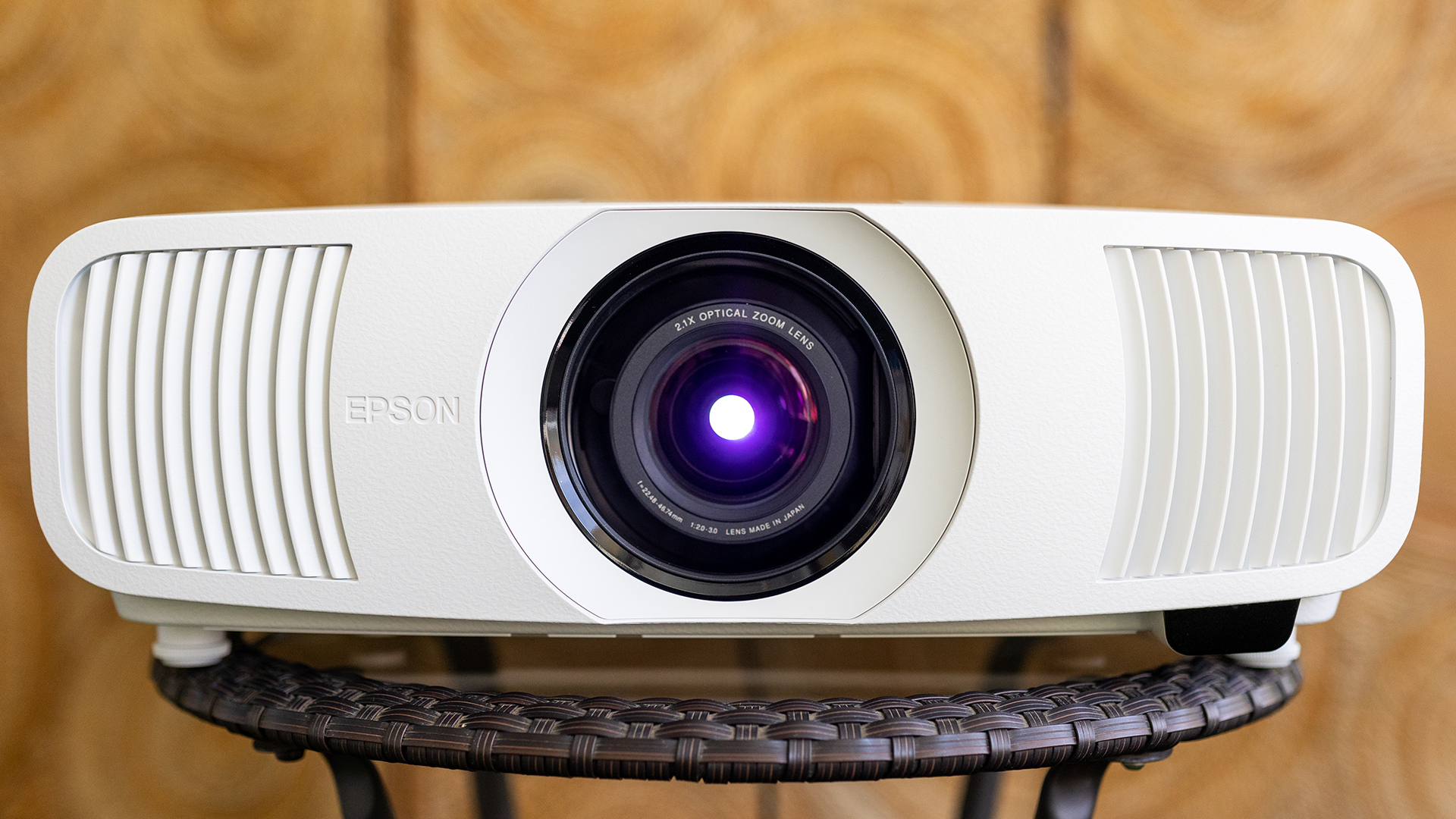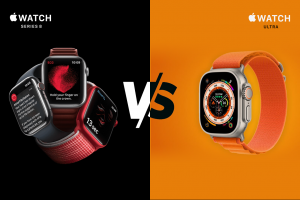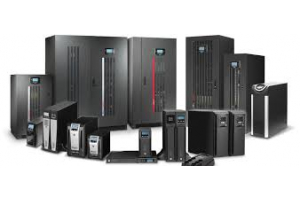A Comprehensive Buyer’s Guide for Projectors

Video communication, presentation, and meeting are an integral part of the modern workspace. Particularly, the post-COVID era has witnessed rapid and sometimes wild digitalization of businesses all over the world. The meeting environments have leaned toward virtual and to cater to these needs, there are multiple devices available for business managers. Monitors and projectors are two devices that are deployed to meet the demands of virtual meetings and presentations. But monitors are expensive, in particular when you want to image on a screen larger than 75- or 85-inches, they end up prohibitively costly. Projectors come in handy when such type of situation arises. They are economical and perfectly fit to display video and images on screens larger than 100 inches or more and can provide bright displays as well in fully-lit rooms.
Table of Content
Projectors and Their Types:
Various types of projectors are available on the market. They differ in terms of brightness, color accuracy, and lamp life. Each type of its unique features as well as applications. The ultimate choice of the projectors should be determined by the size of the room, the ambient light, intended use, and other requirements.
Here are some important types of projectors:
- LCD (Liquid Crystal Display) Projectors
- DLP (Digital Light Processing) Projectors
- LED (Light Emitting Diode) Projectors
- Laser Projectors
LCD (Liquid Crystal Display) Projectors
A KVM (Keyboard, Video, and Mouse) is a type of switch that is used to connect multiple computers/servers to share a single keyboard, monitor, and mouse. So when you are in a server room where there can be hundreds of servers or you have to use multiple PCs, you cannot afford to buy peripherals for each server or PC. KVM switches help you switch between, manage, and control different computers with a single press of a button, rather than having to disconnect/reconnect physically the peripherals.
LCD projectors are a type of digital projectors that use LCD technology to project images. The brightness of LCD projectors is determined by the source of light, which is usually a lamp or LED.
Like every device available on the market, they have unique strengths and weaknesses.
The images produced by LCD projectors are sharp, clear, and have accurate color reproduction. They are economical in comparison with other kinds of projectors. LCD projectors are versatile and can be deployed in a variety of room conditions including well-lit rooms. And finally, they have low maintenance costs as there is no need for frequent replacement of lamps
But they have some disadvantages as well. For instance, LCD projectors are prone to phenomena known as Ghosting. Ghosting causes blurring of images and double imaging during fast-moving scenes. Secondly, their brightness is not as sharp as provided by other kinds of projectors. The ambient light sometimes impacts the quality of brightness. Color shifting is another major issue. The color on LCD projectors shifts over time which causes deterioration of the image.
LCD projectors find many business applications. They are deployed in business presentations, conferences, trade shows, employee training, video conferencing, digital signage, collaboration, and organization of company-wide events.
DLP (Digital Light Processing) Projectors:
DLP projectors are a type of projectors that count on a DLP chip to project images. DLP chip is a microprocessor comprising millions of tiny mirrors each of which represents a pixel and is capable of independent adjustment. Upon receiving light, the mirrors direct the light away or towards the lens.
Here are the advantages and disadvantages of DLP projectors.
DLP projectors offer a very high contrast ratio and are capable of producing deep blacks and bright whites. Secondly, DLP projectors can support higher refresh rates which makes them suitable for fast-moving scenes. Typically, they can support refresh rates up to 60 Hz, but some high-end DLP projectors can provide up to 120 Hz Refresh rates as well which makes them suitable for specialized applications like high-end home theatres and large-scale events. Thirdly, DLP projectors are not susceptible to Ghosting and produce very sharp and bright images.
Color wheel issue in some DLP projectors is a major concern, whereby the color wheel that separates light into red, green, and blue colors to create an image doesn’t work properly. This malfunction causes color shifting and deterioration in color accuracy. Some manufacturers have come up with alternative technology like RGB LED light sources to avoid color wheel problems. The maintenance cost is comparatively higher as lenses need to be cleansed frequently and bulbs also need periodic replacement.
The high contrast ratio, fast refresh rate, and bright images of DLP projectors are well-suited for those business applications where high-quality video and images are critically required. For instance, they are deployed for digital signage, corporate theatres, training centers, business events, and other purposes.
LED (Light Emitting Diode) Projectors:
LED Projectors use LED light sources to generate an image. Instead of using a traditional bulb-based source of light, they rely upon a combination of red, green, and blue LEDs to project a full-colored image. LED projectors are becoming popular as they provide many critical advantages in comparison with other bulb-based projectors.
The biggest advantage of using LED projectors is their life span. LED lights can last at least 10 times longer than traditional projector lamb. They can last more than 10,000 hours on end. You don’t have to worry about lamp replacement. Second, LED projectors are energy efficient, they consume far less energy than other traditional counterparts. They don’t warrant intensive maintenance, only a minimum level of maintenance would be sufficient for smooth working. LED projectors are small and compact, which makes them highly portable and well-suited for on-the-go presentations. Lastly, they produce a very bright image which makes them suitable for well-lit rooms.
But LED projectors suffer from drawbacks as well. First and foremost, they are very costly than traditional projectors. The color accuracy and image quality are not up to mark in comparison with high-end projectors.
The portability, brightness, and energy efficiency make LED projectors suitable for a wide range of business applications and convenient tools for delivering multimedia content. They are deployed for various applications, for instance, video conferencing, presentations, digital signage, trade shows, events, and training sessions.
The high contrast ratio, fast refresh rate, and bright images of DLP projectors are well-suited for those business applications where high-quality video and images are critically required. For instance, they are deployed for digital signage, corporate theatres, training centers, business events, and other purposes.
Laser Projectors:
Unlike traditional projectors that use lamb as a source of light, Laser projectors use the laser as a source of light to project images. They have also some advantages and disadvantages.
Laser projectors have a very long lifespan compared with bulb-based traditional projectors. On average, a laser projector has a 20,000 to 30,000 hours long lifespan which is way more than the 5000 to 6000 hours lifespan supported by traditional projectors. Some high-end projectors can support as long as 60,000 hours which is certainly a big sigh of relief for managers. Secondly, laser projectors are highly energy efficient and consume less amount of power. Thirdly, their brightness is very high, reaching as high as 2000 lumens to 15,000 lumens which makes them suitable for deployment in brightly-lit rooms. They produce very vivid and accurate color reproduction as well. Lastly, laser projectors are very durable and robust, they can work under tough environmental conditions.
Laser projectors have some shortcomings as well. They are very expensive compared with traditional projectors. The image quality is sometimes poor as laser projectors have a limited contrast ratio, thereby, making it hard to produce deep blacks and bright whites. They are noisy as well which makes them unsuitable where a quiet environment is required.
Laser projectors are being used increasingly in a variety of business applications as they are reliable and support long lifespans. They are used in trade shows, exhibitions, corporate presentations, digital signage, and other purposes.
How Can We Help You?
Morgan Ingland FZ LLC is a leading e-commerce firm specializing in the cost-effective supply of advanced and cutting-edge ICT hardware and IT services. Our wide-ranging portfolio cover thing you need to cater to the needs of modern workstation and offices including, among others, LCD Projectors, DLP Projectors, LED Projectors, Laser Projectors, and their accessories like projector mounts, projector cases, and projectors screens. On top of that, our dedicated solution designers would help you find the most suitable projectors for your needs.
We are committed to serving you day in and day out. Feel free to contact us at +971 72091222 or email us at marketing@miatlantic.ae for further any kind of end-to-end solution design you demand.






